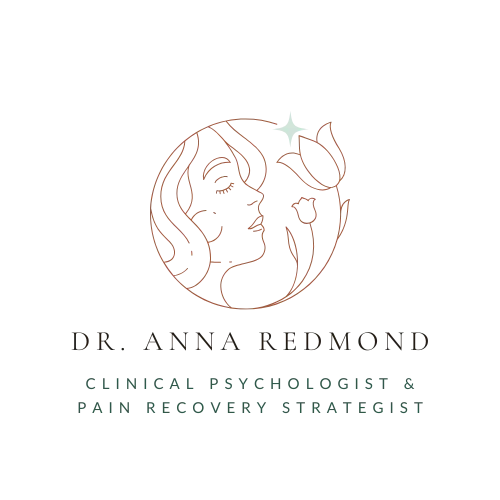Connect with me!
Tell me the number one thing that you want to understand about your pain?

Pain is like… A broken alarm clock
It is so important to explain a medical condition in the clearest language possible and in a way that the receiving person can understand. This explanation, however, is particularly important when it comes to chronic pain. With chronic pain, language can very strongly impact how soon a person can interrupt the chronic pain cycle and begin their process of overcoming it.
The evidence is clear that accurate knowledge about the biology of pain results in higher pain thresholds (lower risk of flare-up), reduced frequency of pain, improved functioning, and less worst-case-scenario thinking. Much of the recent research shares that the use of metaphors is more effective than just standard education when it comes to helping people understand the complexity of pain.
The sooner that someone becomes comfortable with the understanding that 1) pain can and often does continue without clear evidence on an x-ray (for example) or clear evidence of damage and that 2) the treatment should be done in an interdisciplinary way using multiple strategies, the sooner they can begin their process of recovery.
Over the past decade, we’ve seen an increase in the amount of research that helps us understand chronic pain and something called central sensitization - a process whereby nerves become overly sensitive to painful triggers or minimal painful triggers.
We’ve also learned that a number of factors such as genetic predisposition, inflammation, trauma, previous pain/multiple sites of pain, anxiety, depression, and chronic stress, can create a vulnerability to pain that can be dialed up by various triggers.
We’re always trying to understand why a painful trigger might create persistent pain in one person, but not in another because we know for sure that pain is neither physical nor psychological, but something more complex. We can’t reduce pain to physical or psychological because there are so many more factors that influence someone’s experience of pain.
Analogies and metaphors are great for explaining pain. I also often found that visual aids or a quick drawing for my patients really helped them make some important connections. Over the next few weeks, I’ll be sharing some of the pain analogies and metaphors that I’ve found in books, internet resources, colleagues I’ve worked with, and research.
Chronic pain educators often use an alarm system as an analogy for chronic pain to explain why pain signals (the alarm) continue long after the initial trigger for the pain has healed, or ceased.
Consider this analogy:
Chronic pain is like a broken alarm clock.
Imagine that you set your alarm for your usual time, 6 am. Your alarm goes off, like it’s supposed to. You roll over to hit the snooze button, like you usually do. Imagine that this time when you hit your snooze button, it doesn’t turn off like you expected. You try everything you can think of to get it to turn off: pressing snooze, turning off the alarm, turning off your phone, throwing it across the room… but the alarm keeps going off. Now you’re DEFINITELY awake, so you don’t really need the alarm on anymore. Still, you can’t get it to turn off.
Our body’s pain alarm can behave just like the broken alarm clock in this analogy. It can keep ringing and ringing, long after it has stopped being helpful. It’s a faulty, unhelpful, alarm (Rachael Coakley, Ph.D).
Education provides the power to take the next step in managing your pain. You want to do the things you enjoy (or even basic daily activities) without flaring up your pain. For a limited time, you can grab my free video tutorial to get you started:
3 Simple Steps to a Balanced Day... Without the Flare-Ups.
This free video tutorial is dedicated to helping women with pain begin to find confidence to return to the moments, activities, and people they love the most.
© 2024 | Anna Redmond, LLC | drannaredmond.com
